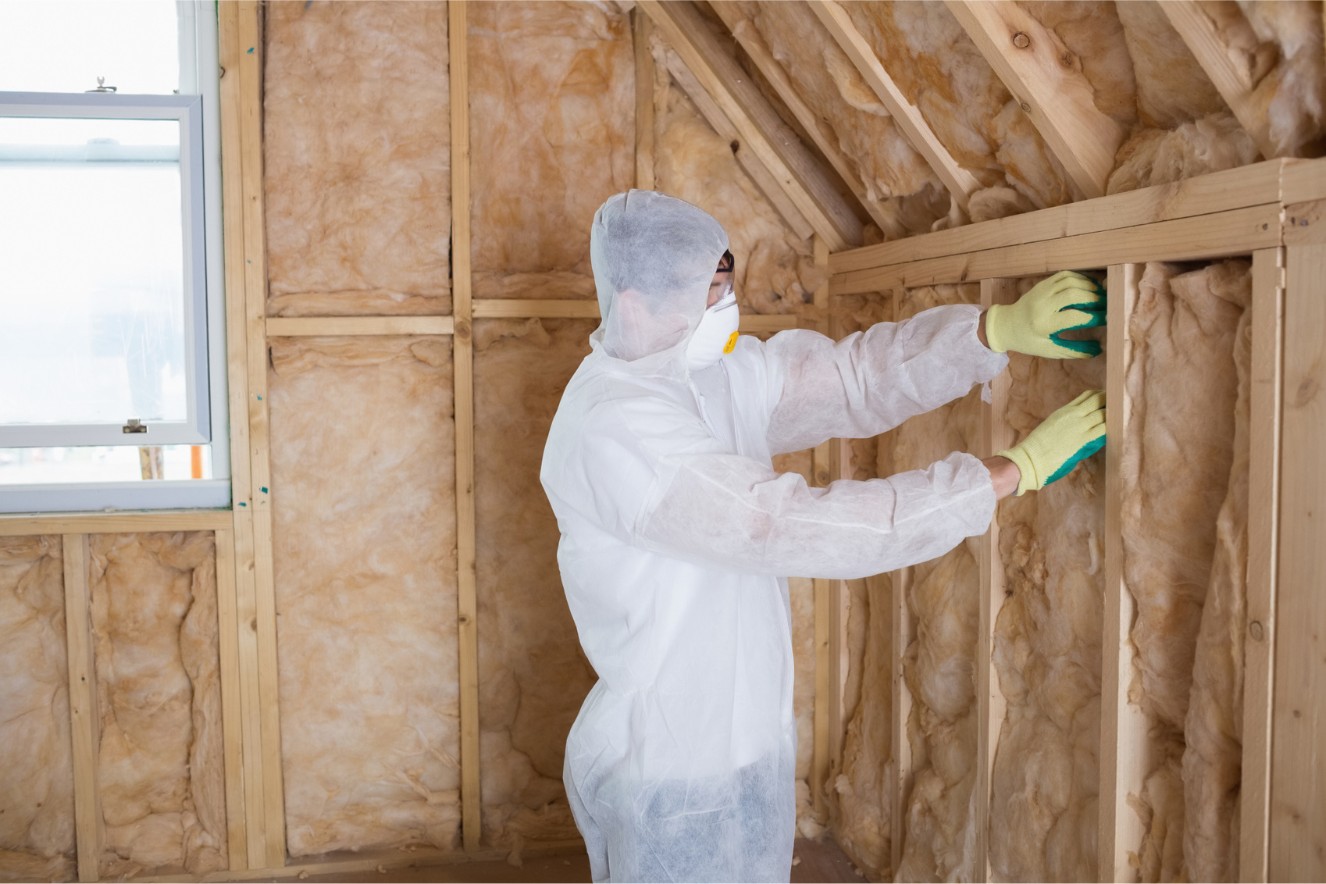

Articles
What Happens If You Touch Insulation
Modified: January 8, 2024
Discover the potential dangers and consequences of touching insulation in this informative article. Learn how to protect yourself and stay safe around insulation materials.
(Many of the links in this article redirect to a specific reviewed product. Your purchase of these products through affiliate links helps to generate commission for Storables.com, at no extra cost. Learn more)
Introduction
Insulation is an essential component of homes and buildings, providing thermal resistance to reduce heat transfer and enhance energy efficiency. While insulation plays a vital role in maintaining comfortable indoor temperatures, it is important to understand the potential risks associated with touching insulation.
In this article, we will explore what insulation is, why you should avoid touching it, and the health risks it can pose. We will also discuss safety precautions and first aid measures to help you stay protected.
Let’s dive in and learn more about insulation and the importance of handling it with care.
Key Takeaways:
- Handle insulation with care to avoid skin irritation, eye damage, respiratory issues, and ingestion risks. Prioritize safety by wearing proper protective equipment and following safety precautions.
- Insulation is essential for energy efficiency, but direct contact can pose health hazards. Minimize risks by following safety measures, proper handling, and being prepared with first aid measures.
Read more: What Happens If You Touch Grass
What is Insulation?
Insulation is a material used to reduce heat transfer. It is commonly installed in the walls, ceilings, and floors of homes and buildings to minimize the loss or gain of heat. The primary objective of insulation is to create a thermal barrier, preventing the transfer of heat from one space to another.
Insulation materials can vary in composition and performance. Some common types of insulation include fiberglass, mineral wool, cellulose, foam, and reflective barriers. Each type has different properties that determine its effectiveness in slowing down heat flow.
Insulation not only helps regulate indoor temperatures but also offers benefits such as noise reduction, condensation control, and energy cost savings. Properly insulated buildings can reduce the need for heating and cooling, making them more energy-efficient and environmentally friendly.
It is important to note that insulation materials can vary in terms of safety and potential health hazards. While many insulation products on the market today are designed with safety in mind, it is still crucial to handle them properly and be aware of any potential risks.
Now that we have a better understanding of what insulation is and its role in thermal resistance, let’s explore why it is important to avoid touching insulation directly.
Why Should You Avoid Touching Insulation?
Touching insulation directly can pose various risks to your health and safety. Here are some key reasons why you should avoid coming into contact with insulation:
- Skin Irritation: Insulation materials, such as fiberglass, can cause skin irritation upon direct contact. Tiny glass or mineral fibers may cause itching, redness, and rashes on sensitive skin. Prolonged or repeated exposure can exacerbate the symptoms and lead to more severe skin conditions.
- Eye Irritation and Damage: Insulation fibers can also irritate the eyes. When insulation particles get into the eyes, they can cause redness, itching, tearing, and discomfort. If not promptly removed, they may even cause corneal abrasions or more serious eye damage.
- Respiratory Issues: Insulation materials, especially those in loose or airborne form, can release tiny particles or fibers into the air. Inhaling these particles can irritate the respiratory system, leading to coughing, wheezing, shortness of breath, and even lung damage over time. Individuals with pre-existing respiratory conditions such as asthma may experience exacerbated symptoms.
- Ingestion Risks: Some insulation materials may contain toxic substances or chemicals that can pose a risk if accidentally ingested. This is particularly true for older insulation products that may contain materials like asbestos. Ingesting insulation can lead to abdominal pain, nausea, vomiting, and other digestive problems.
It is important to note that the severity of these risks may vary depending on the type of insulation material, the extent of exposure, and individual sensitivity. Nonetheless, it is always a best practice to avoid direct contact with insulation to minimize potential health hazards.
In the next section, we will discuss safety precautions to take when handling insulation and the importance of wearing proper personal protective equipment (PPE).
Health Risks and Safety Precautions
Handling insulation improperly can expose you to various health risks. However, by taking proper safety precautions, you can minimize the potential hazards. Here are some safety measures to consider:
- Use Personal Protective Equipment (PPE): When working with insulation, always wear appropriate personal protective equipment. This typically includes safety goggles or glasses, gloves, long-sleeved shirts, long pants, and a dust mask or respirator. PPE acts as a barrier between your body and the insulation material, reducing the risk of skin, eye, and respiratory irritations.
- Handle Insulation Carefully: Insulation materials, especially those in loose or fibrous form, can easily release particles into the air. Minimize the disturbance of insulation as much as possible to prevent these particles from becoming airborne. When moving or cutting insulation, handle it gently and avoid aggressive actions that can release fibers.
- Isolate the Work Area: If you need to undertake insulation-related projects, make sure to isolate the work area. Close off surrounding spaces and cover any vents or openings to minimize the spread of insulation particles or fibers.
- Ventilate the Area: Adequate ventilation is crucial when working with insulation. Open windows or use fans to increase the airflow and reduce the concentration of airborne particles. This can help prevent them from settling on surfaces or being inhaled.
- Proper Clean-Up: After handling insulation, carefully clean all surfaces and tools that may have come in contact with it. Use a vacuum cleaner with a HEPA filter to effectively remove any loose particles or fibers. Thoroughly wash your hands and exposed skin with soap and water to remove any potential irritants.
By following these safety precautions, you can significantly reduce the risks associated with handling insulation. It is important to prioritize your safety and well-being whenever you come into contact with insulation materials.
In the next sections, we will delve into specific health risks associated with insulation, such as skin irritation, eye damage, respiratory issues, and ingestion risks, along with the appropriate first aid measures.
Skin Irritation and Allergic Reactions
One of the most common health risks associated with touching insulation is skin irritation. Insulation materials, particularly those made of fiberglass, can cause itching, redness, and rashes on the skin upon direct contact.
The tiny glass or mineral fibers present in insulation can irritate the skin, especially if you have sensitive or allergic skin. The irritation can range from mild discomfort to more severe reactions, depending on the individual’s sensitivity and the duration of exposure.
If you experience skin irritation after touching insulation, it is important to take immediate action. Here are some steps you can follow:
- Wash the Affected Area: Thoroughly wash the irritated area with mild soap and lukewarm water. This helps remove any insulation particles or fibers that may be irritating the skin.
- Apply Calamine Lotion or Hydrocortisone Cream: Calamine lotion or hydrocortisone cream can help soothe the skin and provide relief from itching and inflammation. Apply the lotion or cream according to the product instructions.
- Avoid Scratching: It is important to resist the urge to scratch the affected area, as this can worsen the irritation and potentially break the skin, leading to infection.
- Consult a Healthcare Professional: If the skin irritation persists or worsens, it is advisable to seek medical attention. A healthcare professional can provide proper diagnosis and recommend further treatment, such as antihistamines or steroid creams, if necessary.
Prevention is key when it comes to avoiding skin irritations caused by insulation. By wearing proper personal protective equipment, such as gloves and long-sleeved shirts, you can reduce direct contact with insulation and minimize the risk of skin irritation.
Now that we have explored skin irritations, let’s move on to another potential health risk associated with insulation: eye irritation and damage.
Read more: What Happens When You Breathe In Insulation
Eye Irritation and Damage
When working with insulation, it is crucial to protect your eyes from potential irritants and damage. Insulation fibers can easily cause eye irritation if they come into contact with your eyes.
If insulation particles or fibers get into your eyes, they can cause a range of symptoms, including redness, itching, tearing, and discomfort. In more severe cases, they may even scratch the surface of the eye, leading to corneal abrasions or other eye injuries.
If you experience eye irritation after being in contact with insulation, it is important to take prompt action to prevent further damage. Here’s what you can do:
- Flush Your Eyes: Immediately rinse your eyes with clean water for at least 15 minutes. This helps remove any insulation particles from the eyes and provides relief from irritation.
- Do Not Rub Your Eyes: Avoid rubbing your eyes, as this can worsen the irritation and potentially scratch the surface. Instead, gently blink and allow the water to rinse out any irritants.
- Seek Medical Attention: If the eye irritation persists, worsens, or you experience severe pain or changes in vision, it is crucial to seek immediate medical attention. An eye care professional can assess the situation and provide appropriate treatment to prevent any further complications.
Protecting your eyes when working with insulation is essential. Safety goggles or glasses should be worn to shield your eyes from any insulation particles or fibers. These protective eyewear options create a barrier and significantly reduce the risk of eye irritation and potential damage.
Remember, prevention is key in maintaining eye health. By taking proper precautions and wearing appropriate eye protection, you can minimize the risk of eye irritation or injury when handling insulation.
Next, we will discuss the potential respiratory issues and lung damage that can arise from prolonged exposure to insulation materials.
Wear gloves and long sleeves when handling insulation to avoid skin irritation and potential exposure to fiberglass particles. Wash hands and exposed skin thoroughly after contact.
Respiratory Issues and Lung Damage
Prolonged exposure to insulation materials, especially those in loose or airborne form, can lead to respiratory issues and potentially cause lung damage over time. The tiny particles or fibers released from insulation can be inhaled into the respiratory system, resulting in various respiratory problems.
Here are some potential respiratory issues that can arise from exposure to insulation:
- Coughing and Wheezing: Inhaling insulation particles can irritate the airways, leading to coughing and wheezing. These symptoms can persist as long as the irritants remain in the respiratory system.
- Shortness of Breath: Irritation caused by insulation particles can cause difficulty in breathing, resulting in shortness of breath. This can be particularly problematic for individuals with pre-existing respiratory conditions, such as asthma.
- Lung Inflammation: Prolonged exposure to insulation fibers can lead to lung inflammation, which can cause chest pain, tightness, and discomfort. Inflammation in the lungs can also impair their function over time.
- Lung Damage: In some cases, long-term exposure to certain insulation materials, like asbestos, can cause severe lung damage. Asbestos fibers, when inhaled, can accumulate in the lungs and may lead to serious conditions such as asbestosis, lung cancer, or mesothelioma.
Protecting your respiratory system is crucial when working with insulation. Here are some measures you can take to minimize the risk of respiratory issues:
- Wear a Dust Mask or Respirator: Always wear a dust mask or respirator specifically designed for filtering airborne particles. These masks can help prevent insulation particles from being inhaled.
- Work in Well-Ventilated Areas: Ensure that the area where you are working with insulation has proper ventilation. Open windows or use fans to increase the airflow and reduce the concentration of airborne particles.
- Take Regular Breaks: If you are working in an environment with high levels of insulation particles or fibers, take regular breaks to minimize prolonged exposure. Step outside or into a clean area to allow your respiratory system to rest and recover.
- Follow Safe Handling Practices: Always handle insulation materials gently and avoid aggressive actions that can release fibers. Minimize the disturbance of insulation as much as possible to prevent the release of particles into the air.
If you experience persistent respiratory symptoms after working with insulation, such as coughing, wheezing, or shortness of breath, it is crucial to seek medical attention. A healthcare professional can assess your symptoms and provide appropriate treatment or further evaluation.
In the next section, we will address the potential risks of ingesting insulation and precautions to take to prevent accidental ingestion.
Ingestion Risks
While the primary concern when working with insulation is avoiding direct contact and inhalation, there are also potential risks associated with accidental ingestion of insulation materials. These risks are more prominent when dealing with certain types of insulation, like older products that may contain hazardous materials.
Here are some potential risks of ingesting insulation:
- Toxic Substances: Certain insulation materials, especially older products, may contain toxic substances like asbestos or formaldehyde. Accidental ingestion of these materials can lead to health issues, such as gastrointestinal problems and long-term damage to organs.
- Chemical Irritants: Even if insulation does not contain toxic substances, it may still contain chemicals that, if ingested, can cause irritation and digestive issues. Ingesting insulation particles can lead to abdominal pain, nausea, vomiting, and other gastrointestinal discomforts.
To minimize the risk of accidental ingestion, it is essential to follow these precautions:
- Keep Insulation Away from Food and Drinks: Never eat or drink in an area where insulation is present. Store food and beverages in a separate, clean area to prevent any cross-contamination.
- Wear Gloves and Wash Hands: When handling insulation, wear gloves to prevent any particles from transferring to your hands. After completing insulation-related work, thoroughly wash your hands with soap and water to remove any potential irritants.
- Protective Clothing: Wear appropriate clothing that covers your body fully to prevent any accidental transfer of insulation particles onto your clothing, which may later come into contact with food or your mouth.
- Dispose of Waste Properly: Dispose of insulation waste in accordance with local regulations. Use designated containers or bags to prevent accidental exposure and keep them away from areas where food or drinks are stored.
It is important to note that the risks of ingestion are generally low if proper handling practices are followed. However, it is always advisable to err on the side of caution and take necessary precautions to minimize any potential health risks.
In the next section, we will discuss the precautions to take when handling insulation, along with the importance of wearing proper personal protective equipment (PPE).
Precautions for Handling Insulation
Handling insulation requires taking several precautions to ensure your safety and minimize potential health risks. By following these guidelines, you can safely work with insulation materials:
- Wear Proper Personal Protective Equipment (PPE): Always wear the appropriate personal protective equipment when handling insulation. This typically includes safety goggles or glasses, gloves, long-sleeved shirts, long pants, and a dust mask or respirator. PPE acts as a barrier, protecting your skin, eyes, and respiratory system from potential hazards.
- Handle Insulation Gently: Insulation materials, especially those in loose or fibrous form, can release particles into the air if mishandled. When moving or cutting insulation, handle it gently to minimize the release of fibers. Avoid aggressive actions that can cause the insulation to break apart and release particles into the surrounding area.
- Minimize Exposure: Limit your exposure to insulation materials as much as possible. If feasible, choose insulation options that are already enclosed, such as pre-formed foam boards or batts. This reduces the likelihood of direct contact with the insulation material.
- Isolate the Work Area: When working with insulation, it is important to isolate the area to prevent the spread of particles. Close off adjacent spaces, cover vents, and use barriers to contain the insulation and minimize its movement into other areas.
- Ensure Adequate Ventilation: Proper ventilation is crucial to maintaining good indoor air quality. When working with insulation, ensure that the work area is well-ventilated. Open windows or use fans to increase air circulation and reduce the concentration of airborne particles.
- Proper Clean-Up: After completing insulation-related work, clean up the area thoroughly to remove any loose particles or fibers. Use a vacuum cleaner with a HEPA filter to effectively remove insulation debris. Wipe down surfaces with a damp cloth to capture any remaining particles. Dispose of insulation waste properly, following local regulations.
By adhering to these precautions, you can significantly reduce the potential health risks associated with handling insulation.
In the event of any accidents or injuries while working with insulation, it is crucial to be prepared with proper first aid measures. We will discuss this in the next section.
Read more: What Happens When Insulation Gets Wet
Proper Personal Protective Equipment (PPE)
When working with insulation, wearing the appropriate personal protective equipment (PPE) is essential to ensure your safety and minimize exposure to potential hazards. Here are the key PPE items to consider:
- Safety Goggles or Glasses: Insulation fibers can easily irritate the eyes. Wear safety goggles or glasses with side shields to protect your eyes from any airborne particles or fibers. Ensure that the eyewear fits properly and provides adequate coverage.
- Gloves: Insulation materials, particularly fiberglass, can cause skin irritation. Wear gloves made of a suitable material, such as nitrile or latex, to create a barrier between your skin and the insulation. This helps minimize direct contact and reduces the risk of skin irritation or allergic reactions.
- Long-Sleeved Shirts and Pants: Cover your arms and legs with long-sleeved shirts and pants to minimize skin exposure. This provides an extra layer of protection against potential skin irritation and reduces the risk of insulation particles coming into contact with your skin.
- Dust Mask or Respirator: To prevent inhalation of insulation particles, wear a dust mask or respirator specifically designed for filtering airborne particles. Look for masks with a particulate filter, such as an N95 rating, to ensure effective filtration and protection for your respiratory system.
It is important to select PPE that is appropriate for the type of insulation you are working with and that meets safety standards. Ensure that the PPE fits properly and is comfortable to wear for extended periods.
Before using any PPE, carefully read and follow the manufacturer’s instructions. Inspect the equipment for any damage or wear before each use and replace it if necessary.
Remember that PPE alone is not enough to ensure safety when handling insulation. Practice safe handling techniques, minimize exposure, and follow proper clean-up procedures to further protect yourself and others.
In the event of any accidents or injuries while working with insulation, it is crucial to be prepared with proper first aid measures. We will discuss this in the next section.
First Aid Measures
Accidents can happen while working with insulation, and it is important to be prepared with proper first aid measures. Here are some steps to take in case of injuries or accidents:
- Skin Irritation: If you experience skin irritation after touching insulation, promptly wash the affected area with mild soap and lukewarm water. Gently pat the area dry and avoid scratching. Applying calamine lotion or hydrocortisone cream can help soothe the skin and alleviate itching. If the irritation persists or worsens, seek medical attention.
- Eye Irritation: If insulation particles or fibers get into your eyes, immediately flush your eyes with clean water for at least 15 minutes. Use your fingers to hold your eyelids open and allow the water to rinse out any irritants. Do not rub your eyes. If the irritation persists or you experience severe pain or changes in vision, seek immediate medical attention.
- Respiratory Issues: If you experience respiratory symptoms such as coughing, wheezing, or shortness of breath after exposure to insulation, move to an area with fresh air. If the symptoms worsen or persist, seek medical attention. If someone stops breathing or experiences severe difficulty breathing, call for emergency medical assistance and administer CPR, if trained to do so.
- Ingestion: In cases of accidental ingestion of insulation materials, rinse your mouth with water and drink plenty of water to dilute any potential irritants. Do not induce vomiting unless directed by a healthcare professional. Seek immediate medical attention for further evaluation and appropriate treatment.
- Seek Medical Attention: If you experience severe or persistent symptoms, such as intense pain, bleeding, or difficulty in breathing, do not hesitate to seek immediate medical attention. A healthcare professional will assess the situation and provide appropriate treatment or further evaluation, if needed.
It is important to note that the first aid measures mentioned here are general guidelines. The severity of the injury or response to treatment may vary, and it is always advisable to consult a healthcare professional for proper diagnosis and specific instructions based on the circumstances.
Remember, prevention is key when working with insulation. By following safety precautions, wearing proper PPE, and minimizing exposure, you can significantly reduce the risk of accidents and injuries.
Finally, let’s wrap up our discussion on the importance of handling insulation with care.
Conclusion
Insulation plays a vital role in enhancing the energy efficiency and comfort of homes and buildings. However, it is important to handle insulation with care and be aware of the potential risks associated with direct contact. By avoiding touching insulation, you can significantly minimize health hazards and ensure your safety.
Throughout this article, we have discussed the various reasons why you should avoid touching insulation. From potential skin irritation and allergic reactions to eye irritation, respiratory issues, and ingestion risks, insulation can pose several health risks if not handled properly.
To protect yourself when working with insulation, it is crucial to follow safety precautions. This includes wearing proper personal protective equipment (PPE), such as safety goggles, gloves, long-sleeved shirts, pants, and a dust mask or respirator. Additionally, handle insulation with care, minimize exposure, and ensure proper ventilation in the work area.
In case of any accidents or injuries, be prepared with appropriate first aid measures. Promptly wash or flush affected areas, seek medical attention if necessary, and never hesitate to call for emergency assistance if the situation requires it.
Remember, prevention is key. By taking the necessary precautions and prioritizing safety, you can work with insulation effectively while minimizing the potential risks and protecting your health.
So the next time you encounter insulation, remember to handle it with caution and care. Your health and well-being are paramount, and by practicing proper insulation handling techniques, you can ensure a safer and more enjoyable working environment.
Frequently Asked Questions about What Happens If You Touch Insulation
Was this page helpful?
At Storables.com, we guarantee accurate and reliable information. Our content, validated by Expert Board Contributors, is crafted following stringent Editorial Policies. We're committed to providing you with well-researched, expert-backed insights for all your informational needs.
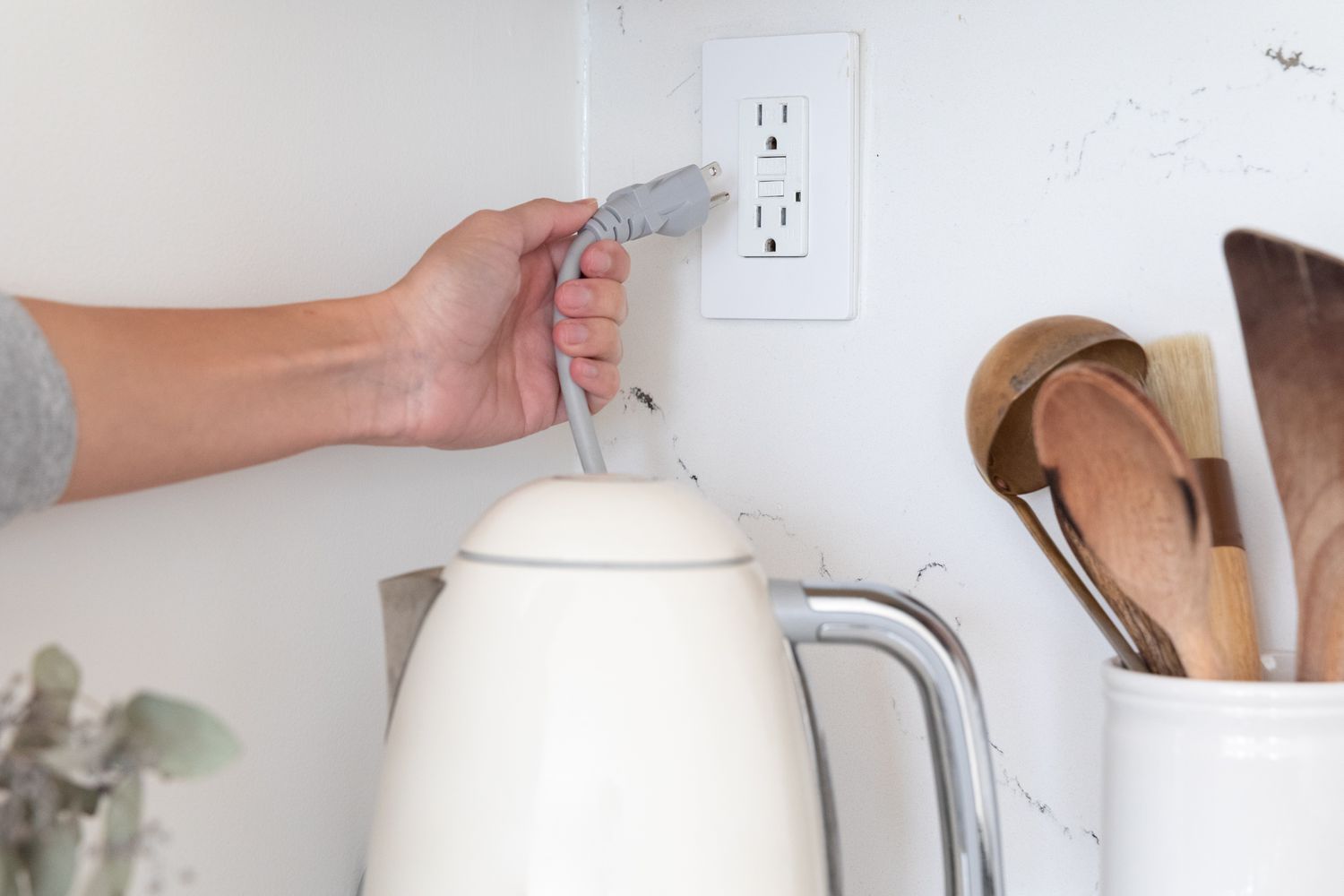



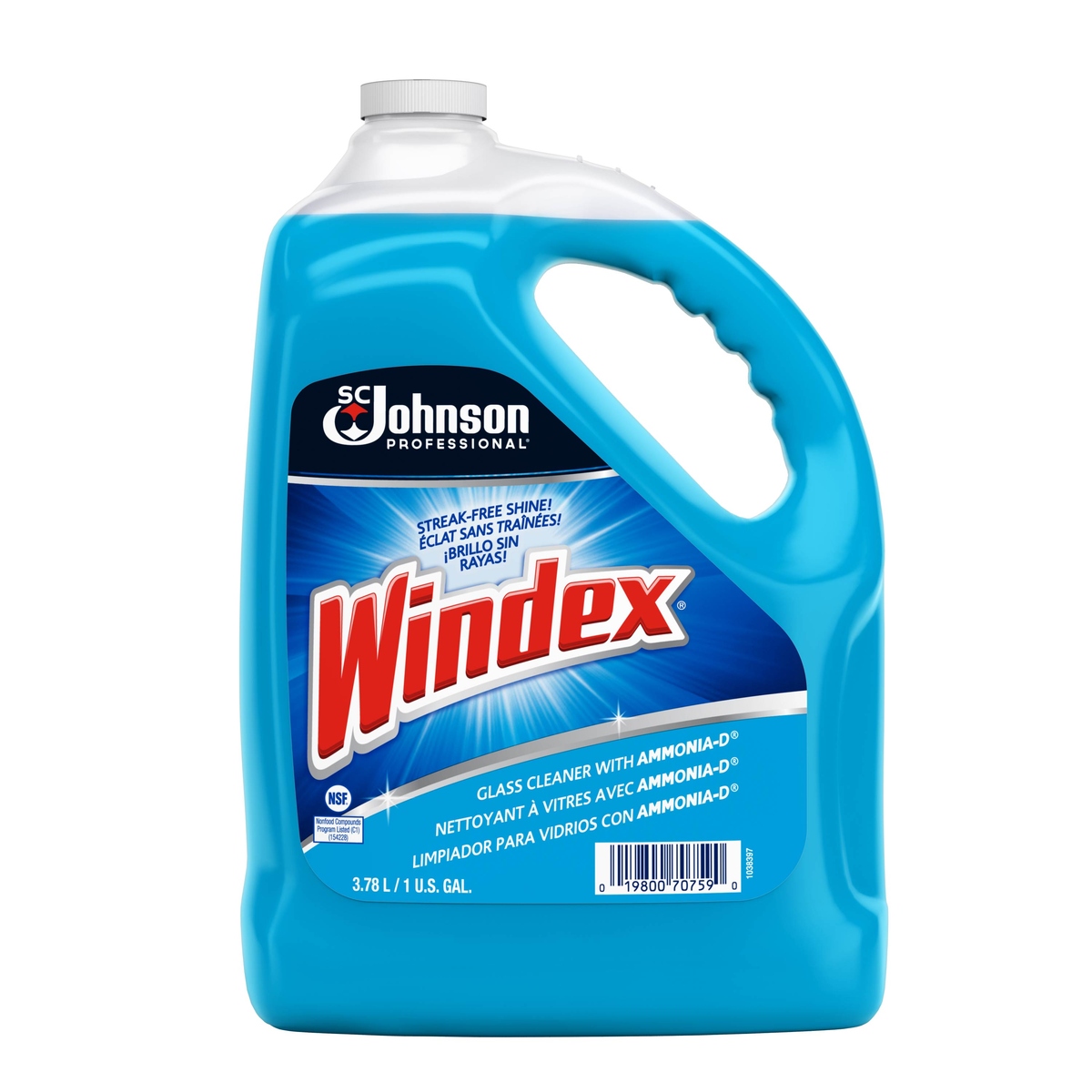
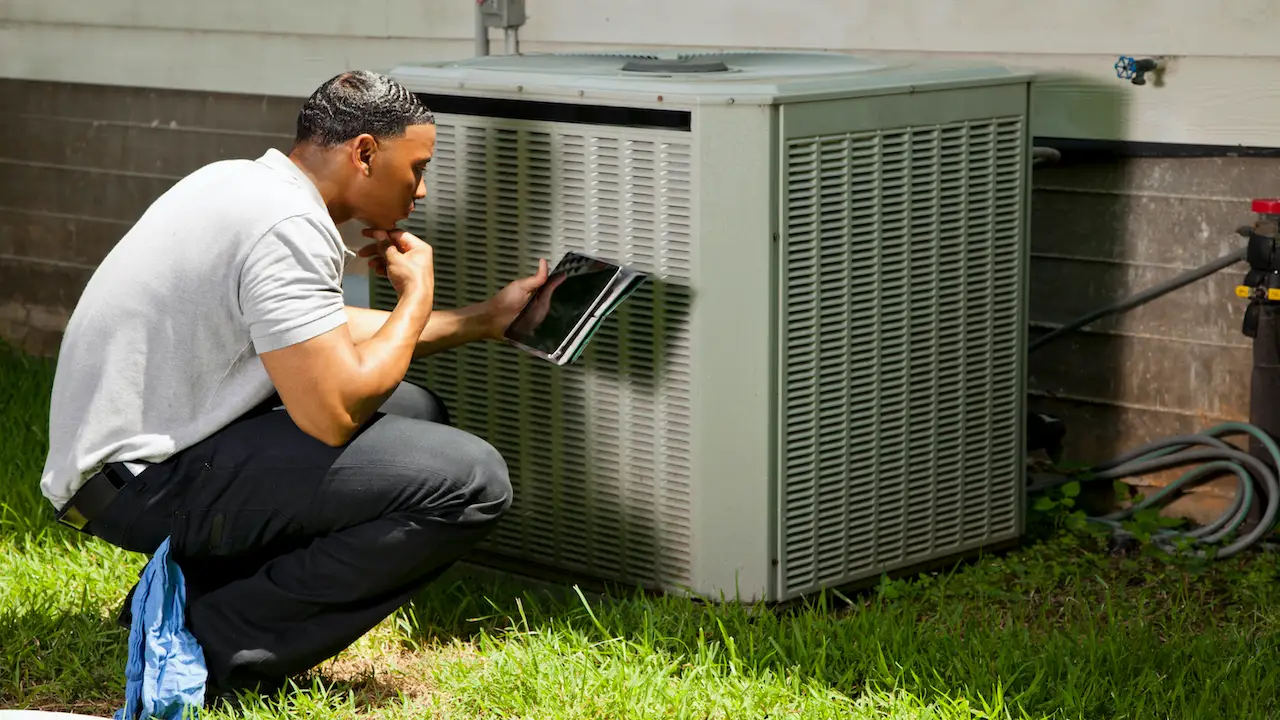

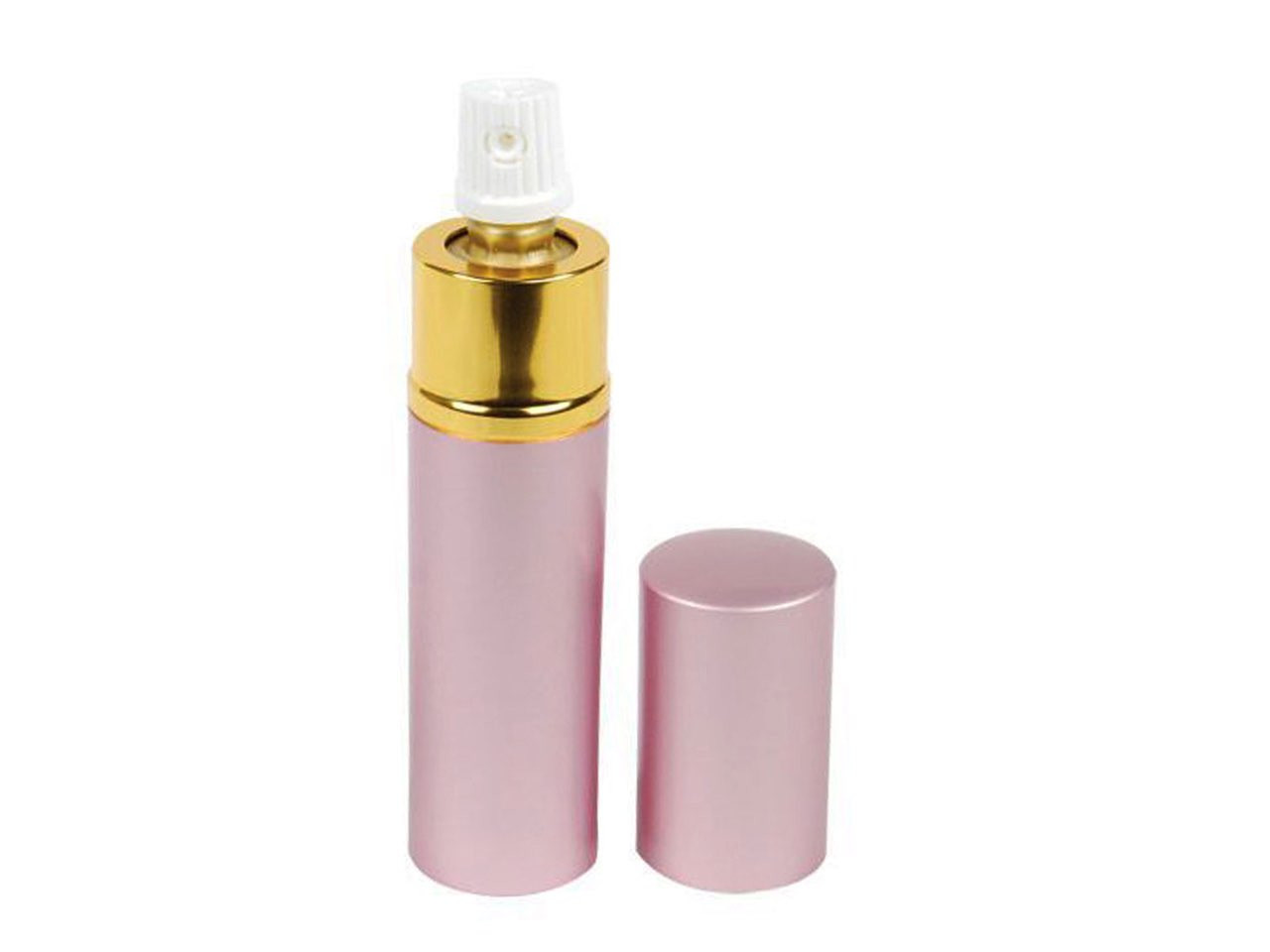
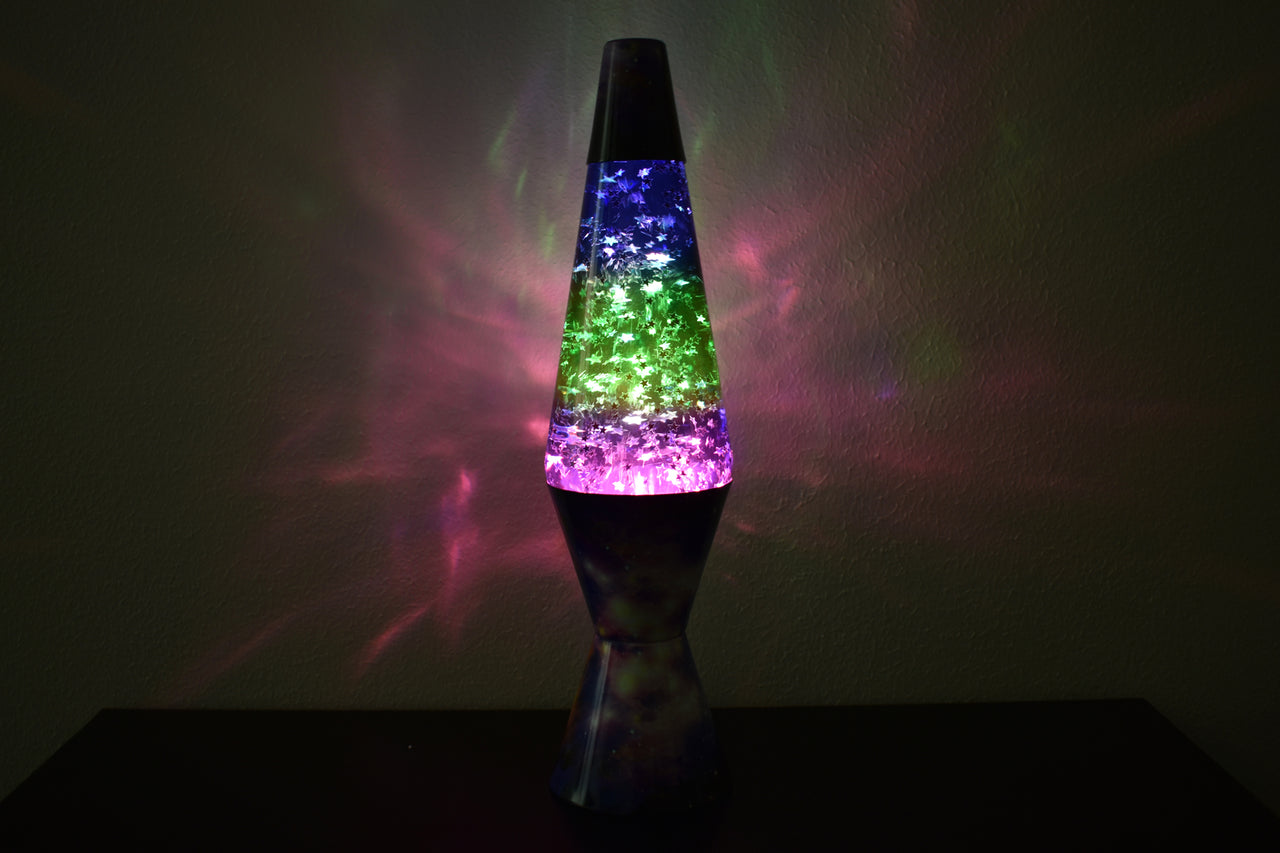





0 thoughts on “What Happens If You Touch Insulation”